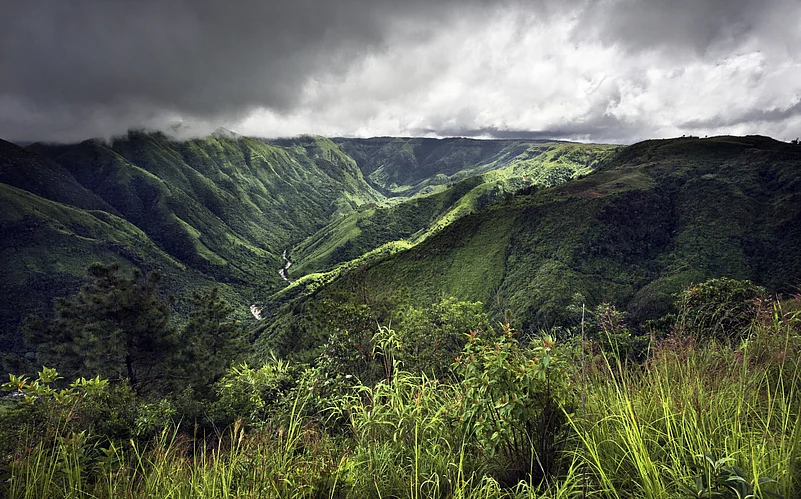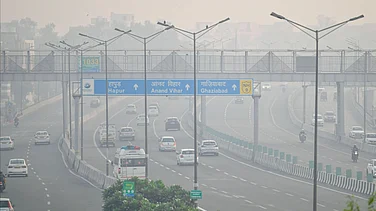
Meghalaya recorded a 56% rainfall deficit in the 2025 Southwest Monsoon, receiving less rain than the drier state of Jharkhand.
Known as one of the wettest places in the world, Meghalaya’s Cherrapunji has experienced a decline in rainfall, threatening local agriculture and water security.
Climate change and shifting monsoon patterns cause Meghalaya’s drying trend, affecting ecosystems, soil moisture and biodiversity in the region.
Meghalaya recorded the highest rainfall deficit among all the states and Union Territories (UT) of the country at 56% during the Southwest Monsoon (SWM) season of 2025. Despite being wetter historically, Meghalaya received less rainfall this monsoon than the drier state of Jharkhand, reported Down To Earth.
Meghalaya, in northeastern India, is called the ‘Abode of Clouds’ due to its near-permanent presence of clouds and accompanying heavy rain. The state also houses two of the rainiest places in the world, Mawsynram and Cherrapunji where 83% of the population depends on rain-fed agriculture and 48% of the land is cultivable, according to Down To Earth.
The contradictory weather is all the more concerning especially because Cherrapunji, located in Meghalaya, is one of the wettest places in the world. Cherrapunji, locally known as Sohra, holds a world record for 22,987mm of rainfall in a year in 1861. However, recent years have seen a decline in its average annual rainfall.

“Over the past decade and a half, Sohra has seen a significant decline in its average annual rainfall,” an IMD official told PTI. “Since 2005, Sohra has received only about 8,000 mm to 9,000 mm of rain annually, against a normal average of about 11,000 mm,” he said. “Even this “normal” of 11,000 mm pales in comparison to the 1970s when Sohra routinely recorded almost double that figure,” he added.
Between June 1 and July 28, Meghalaya received 690.7 millimetres (mm) of rainfall against a normal of 1,555.4 mm. Meanwhile, Jharkhand recorded 732.6 mm rainfall against a normal of 478.3 mm which amounts to an excess of 53%.
Jharkhand’s excess rainfall percentage is the fourth-highest in the country, behind the cold desert region of Ladakh as well as Rajasthan and mostly semi-arid Madhya Pradesh.
Monsoon Patterns Disrupt Ecosystems
Meteorologists attribute Meghalaya’s surprising dry spell to shifting monsoon patterns and long-term climatic shifts. According to Down To Earth, Meghalaya recorded a massive 56% rainfall deficit during the 2025 Southwest Monsoon—from June 1 to July 28.
According to a research published in the 2025 journal Earth, climate studies confirm this dying trend, which show a multi-decade decline in seasonal precipitation across the northeastern plateau, particularly in the highland zones. Disruption of traditional monsoon cycles could influence vegetation, soil moisture, water availability, and biodiversity of that region but also directly influence the downstream region, ultimately affecting the entire ecosystem.




























